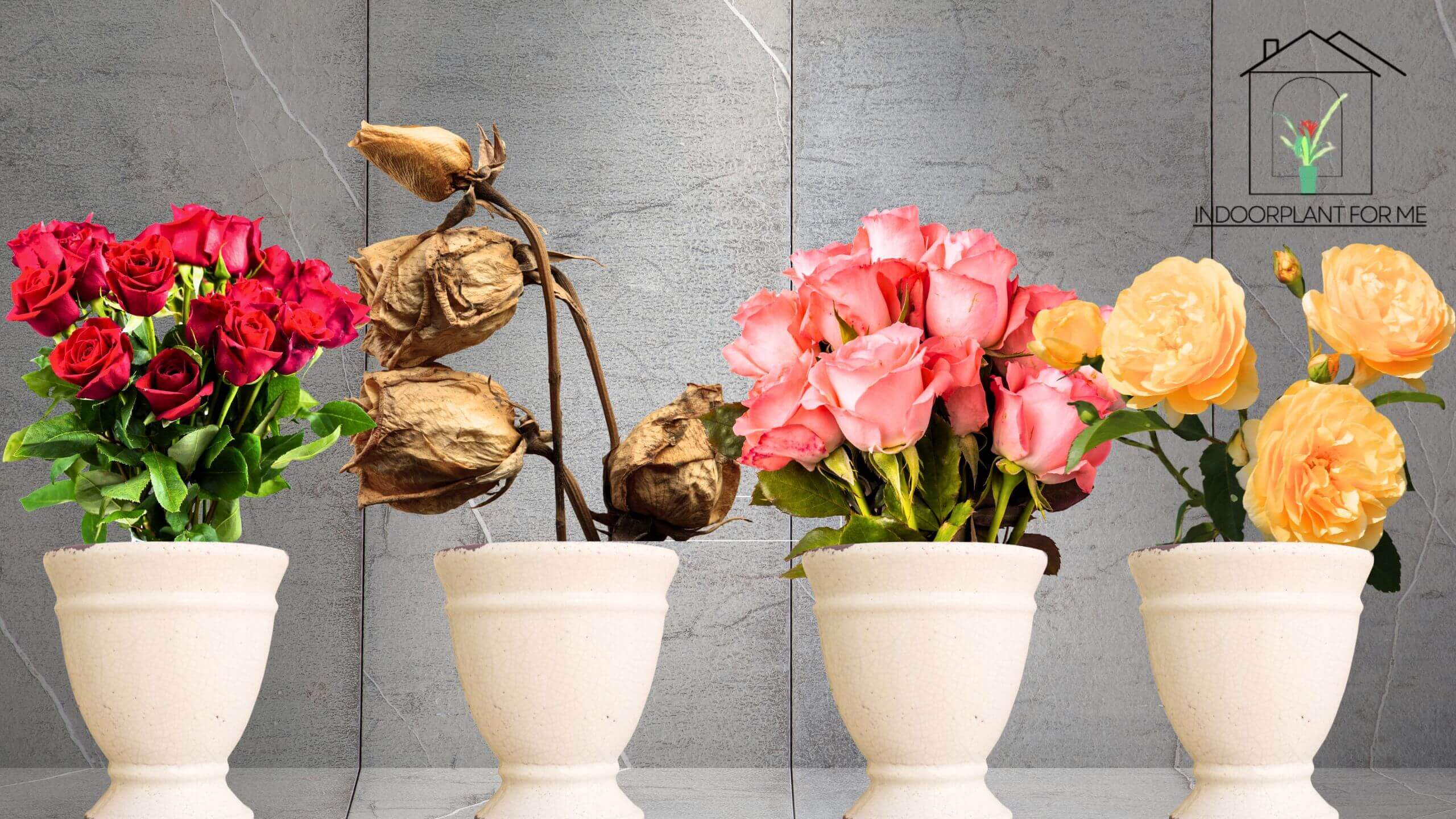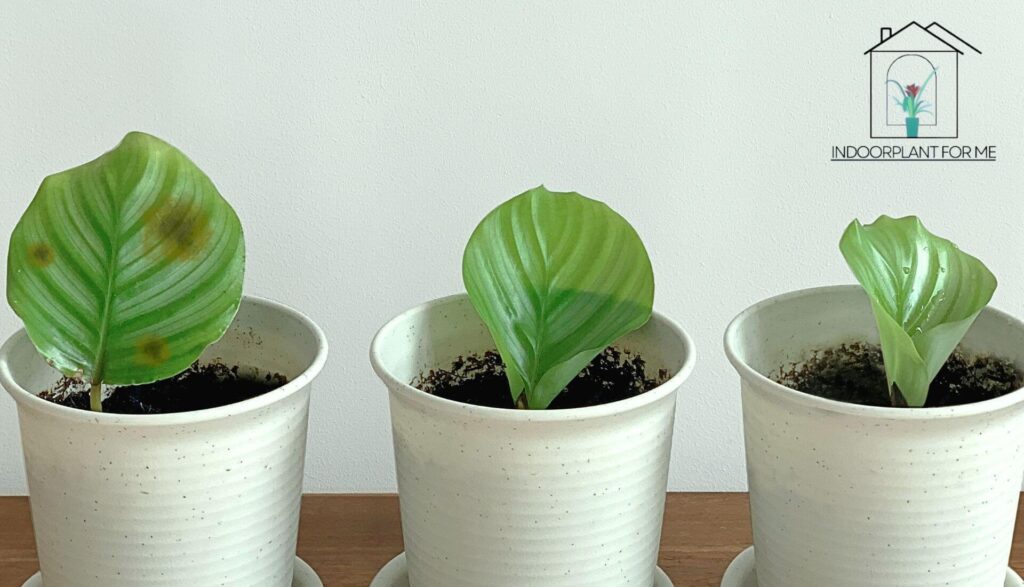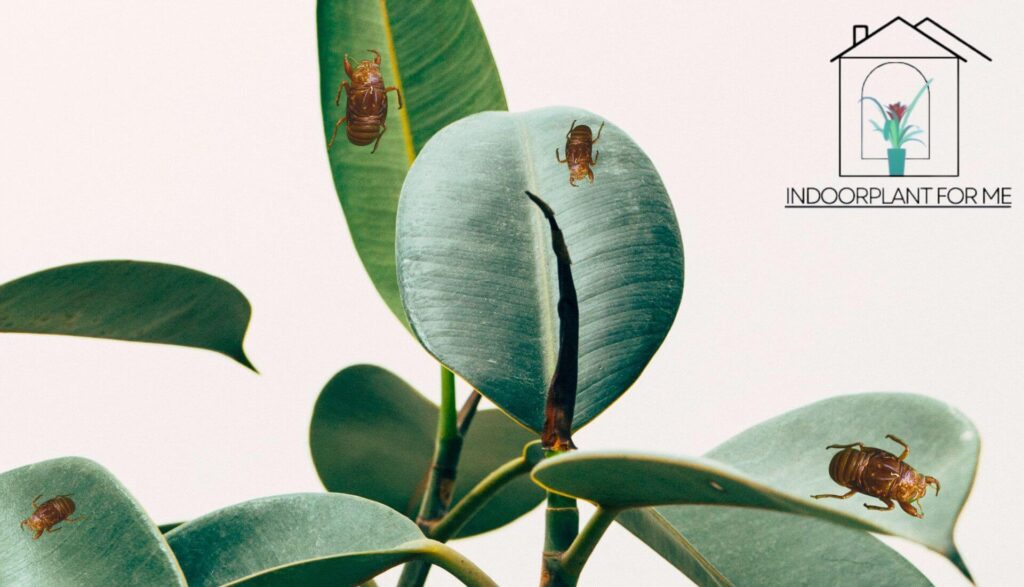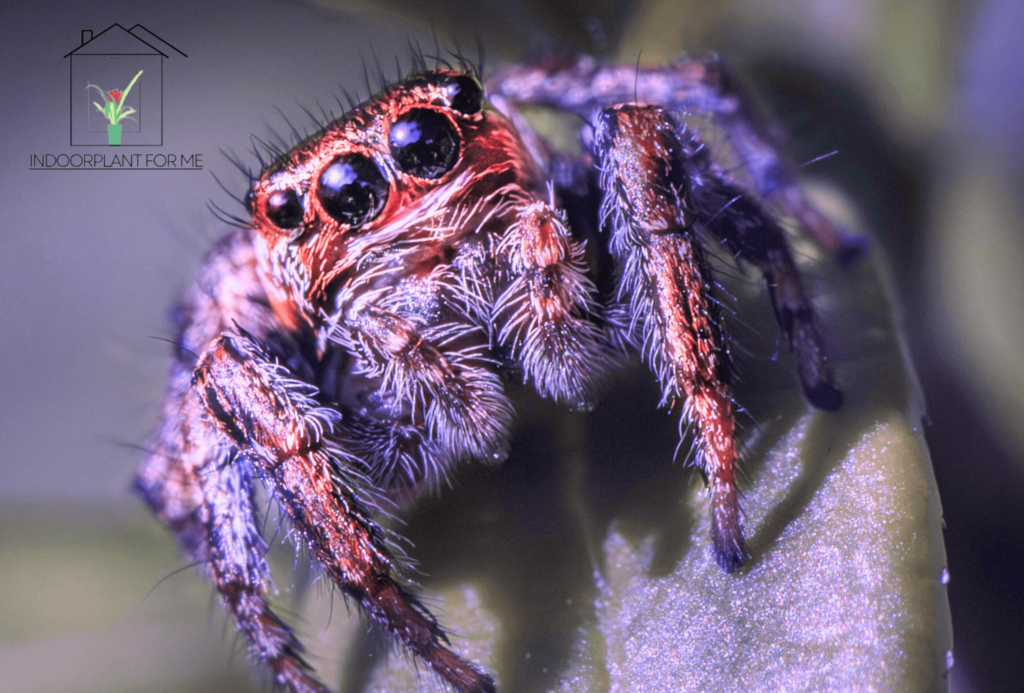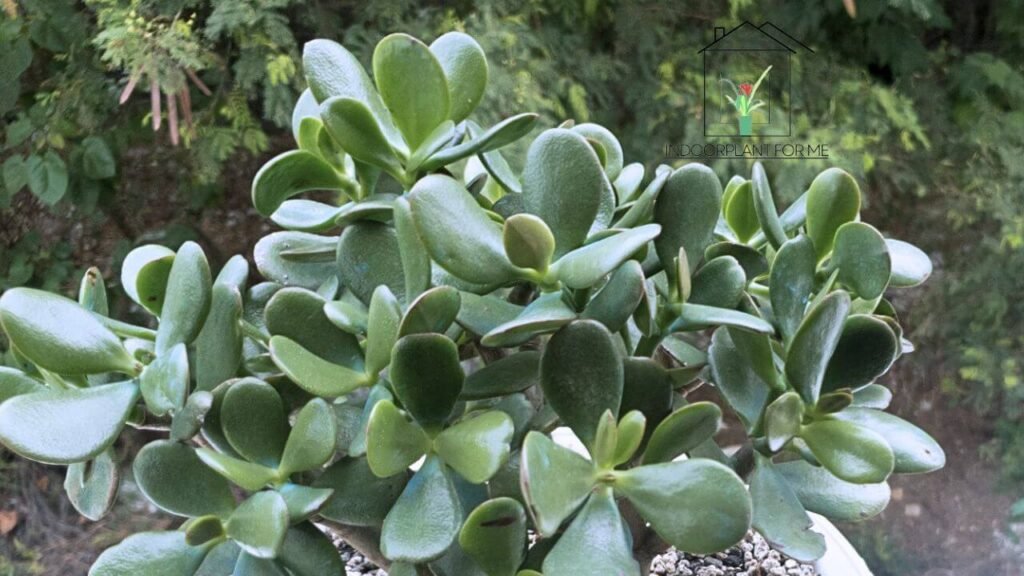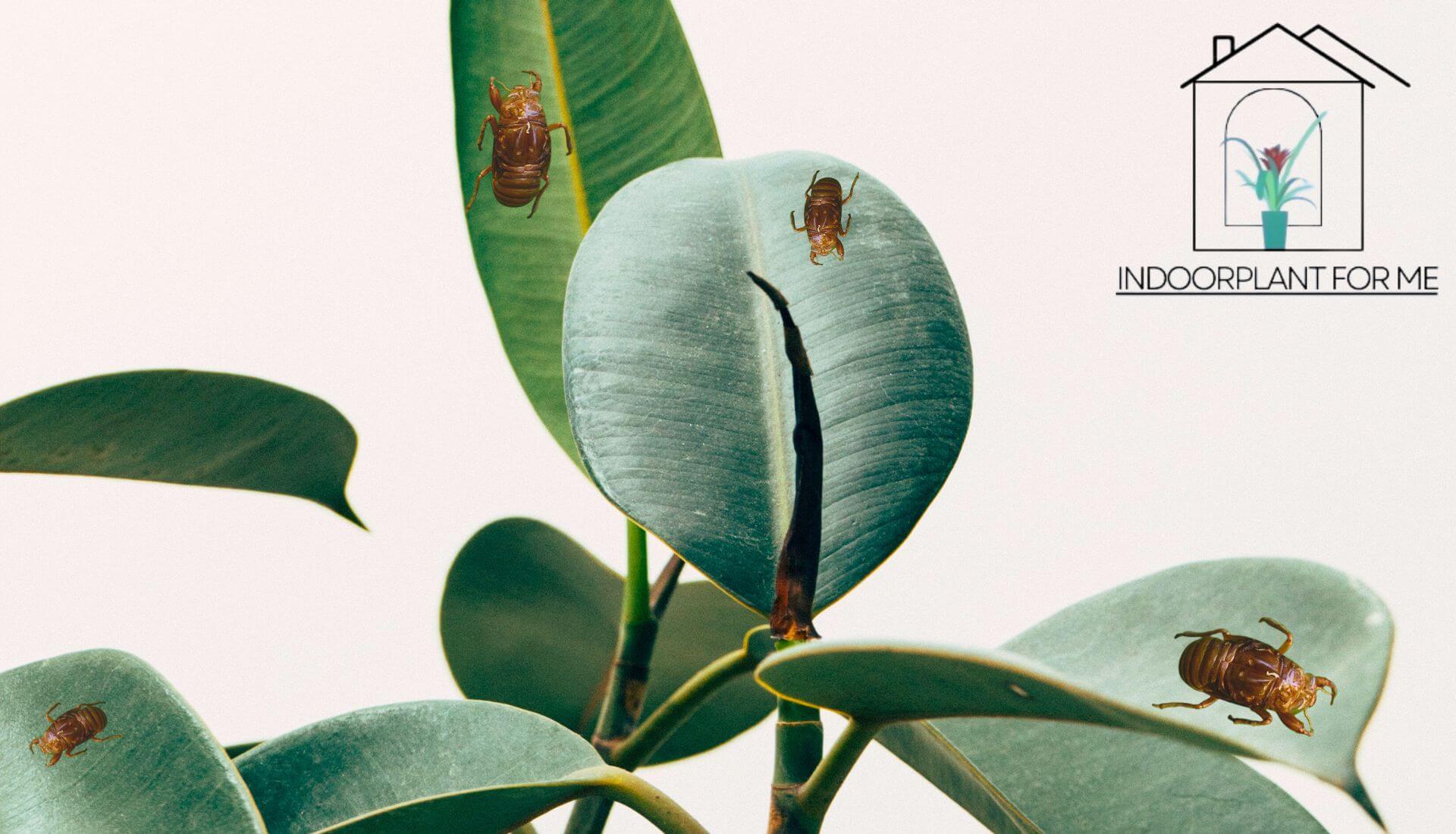Roses are undoubtedly one of the most beautiful and beloved flowers in any garden. With their vibrant colors, mesmerizing fragrances, and timeless elegance, they bring an unparalleled charm to our outdoor spaces.
However, these stunning blooms are also susceptible to various plant diseases, and one of the most common and destructive threats is botrytis blight. Botrytis blight roses
This fungal disease can wreak havoc on rose plants, causing unsightly gray mold, wilting, and even plant death if left untreated. Timely treatment and management of botrytis blight are crucial for maintaining the health and vitality of your rose garden.
In this comprehensive guide, we’ll explore everything you need to know about prevention, symptoms, causes, and effective control strategies to keep your roses thriving and disease-free.
Understanding Botrytis Blight
What is Botrytis Blight?
Botrytis blight, also known as gray mold, is a fungal disease caused by the pathogen Botrytis cinerea. This fungus can infect a wide range of plant species, including roses, and thrives in cool, damp conditions.
It’s particularly problematic in gardens and greenhouses, where the moist environment provides an ideal breeding ground for the fungus.
Lifecycle of Botrytis Fungus
The life cycle of the Botrytis fungus begins with spores that are dispersed through air currents or water splashes. These spores can germinate on plant surfaces, such as leaves, stems, or flowers, and initiate an infection.
Once established, the fungus produces grayish-brown fuzzy growth, which is the visible [gray mold] on infected plant parts.
Factors Contributing to Botrytis Infection in Roses
Several factors can increase the risk of botrytis blight in your rose garden:
- High humidity and cool temperatures (between 59°F and 77°F)
- Poor air circulation and overcrowding of plants
- Excessive moisture on plant surfaces (from rain, overhead watering, or high humidity)
- Presence of dead or decaying plant material in the garden
Understanding these risk factors can help you implement effective prevention strategies and reduce the likelihood of a botrytis outbreak.
Identifying Symptoms of Botrytis Blight
Visual Signs on Rose Plants
One of the most obvious and recognizable symptoms of botrytis blight is the appearance of grayish-brown, fuzzy growth on various plant parts, including:
- Leaves (especially older leaves near the base of the plant)
- Flower petals and buds
- Stems and canes
This growth is the visible manifestation of the fungal mycelium and spores. As the infection progresses, affected plant parts may wilt, turn brown, and eventually die.
Early Warning Indicators of Botrytis Infection
Before the visible signs of botrytis blight appear, there are a few early warning indicators that can help you identify an impending infection:
- Water-soaked lesions on leaves or petals
- Stem cankers or discoloration
- Wilting or drooping of plant parts
Catching these early signs can help you take prompt action and prevent the spread of the disease throughout your rose garden.
Causes of Botrytis Blight on Roses
Environmental Conditions Favorable for Botrytis Growth
The Botrytis fungus thrives in cool, humid environments with temperatures ranging from 59°F to 77°F (15°C to 25°C). High humidity levels above 93% and prolonged periods of moisture on plant surfaces create ideal conditions for spore germination and fungal growth.
Common Sources of Botrytis Infection in Rose Gardens
Botrytis spores can be introduced to your rose garden through various sources:
- Infected plant material (new rose plants, cuttings, or prunings)
- Contaminated gardening tools or equipment
- Airborne spores from nearby infected plants or gardens
- Decaying plant debris or organic matter in the soil
Maintaining good garden hygiene and promptly removing any potential sources of infection can help reduce the risk of botrytis blight.
Prevention Strategies
Cultural Practices to Reduce Botrytis Risk
Implementing proper cultural practices is the first line of defense against botrytis blight in your rose garden.
1. Spacing and Pruning: Ensure adequate spacing between rose plants to promote good air circulation. Prune overcrowded or dense growth to improve air flow and reduce humidity pockets.
2. Water Management: Water your roses early in the day to allow foliage to dry before evening. Avoid overhead watering, which can promote moisture buildup on plant surfaces.
3. Mulching: Apply a 2-4 inch layer of mulch around your rose plants to prevent water splashing and soil-borne spores from reaching the plant.
4. Sanitation: Regularly remove and dispose of any dead, diseased, or fallen plant material from your garden to eliminate potential sources of infection.
Environmental Management Techniques
In addition to cultural practices, you can modify the environment around your rose plants to discourage botrytis growth:
- Improve air circulation by pruning surrounding plants or installing fans in greenhouses.
- Reduce humidity levels by using dehumidifiers or increasing ventilation.
- Avoid overcrowding plants and maintain adequate spacing for air flow.
Using Resistant Rose Varieties
Some rose varieties are more resistant to botrytis blight than others. When selecting new rose plants for your garden, consider choosing varieties known for their disease resistance.
Consult with local nurseries or rose societies for recommendations on resilient cultivars suitable for your area.
Application of Preventive Fungicides
In areas with a history of severe botrytis infections or during periods of high disease pressure, preventive fungicide applications may be necessary.
Look for products containing active ingredients like chlorothalonil, mancozeb, or copper compounds, and follow the manufacturer’s instructions for proper application and safety precautions.
Effective Treatment Methods
Organic Remedies for Botrytis Blight
For mild to moderate botrytis infections, several organic treatments can be effective:
Neem Oil Spray
Neem oil is a natural fungicide derived from the neem tree. It disrupts the fungal cell membrane and inhibits spore germination. Mix neem oil with water according to the product instructions and apply it to affected plants every 7-10 days until the infection subsides.
Baking Soda Solution
Baking soda (sodium bicarbonate) can help prevent and control botrytis blight by creating an alkaline environment that is unfavorable for fungal growth.
Mix 1 teaspoon of baking soda with 1 quart of water and a few drops of insecticidal soap or horticultural oil.
Spray the solution on affected plants every 7-10 days.
Garlic Extracts
Garlic contains natural antifungal compounds that can inhibit the growth of botrytis and other fungal pathogens. Blend a few cloves of garlic with water, strain the mixture, and spray it on affected rose plants every 7-10 days.
Chemical Treatments for Severe Infections
In cases of severe botrytis blight, chemical fungicides may be necessary to gain control over the infection. Look for products containing active ingredients like fenhexamid, iprodione, or cyprodinil, which are effective against botrytis.
Always follow the label instructions carefully and take appropriate safety precautions when using chemical treatments.
Integrated Pest Management (IPM) Approach
An Integrated Pest Management (IPM) approach combines different control methods for the most effective and sustainable management of botrytis blight. This strategy involves:
1. Monitoring and regular inspections to identify infections early.
2. Cultural and environmental control measures to reduce disease pressure.
3. Targeted use of organic or chemical treatments when necessary.
4. Evaluation and adjustment of control strategies based on effectiveness.
By integrating multiple tactics, you can minimize the risk of resistance development and achieve long-term control of botrytis blight in your rose garden.
Tips for Treating Botrytis Blight
Timely Pruning and Removal of Infected Plant Material
As soon as you notice signs of botrytis blight on your rose plants, promptly remove and dispose of any infected plant parts.
Use sharp, sterilized pruning shears to cut off diseased canes, leaves, or flowers, making sure to prune several inches below the visible infection.
This will help prevent the spread of the disease to healthy plant parts.
After pruning, carefully dispose of the infected material by burning or bagging it for removal from your garden. Avoid leaving any diseased plant debris on the ground, as it can serve as a source of re-infection.
Proper Hygiene Practices in the Garden
Maintaining good hygiene practices is crucial when dealing with botrytis blight to prevent the spread of the disease:
- Disinfect your pruning tools with a solution of one part bleach to nine parts water after use.
- Clean up any fallen leaves, petals, or other plant debris from the ground regularly.
- Avoid working in your rose garden when plants are wet, as this can facilitate the spread of spores.
- Wash your hands and gardening clothes after handling infected plants to remove any potential spores.
Monitoring and Regular Inspection of Rose Plants
Vigilance is key in managing botrytis blight. Conduct regular inspections of your rose plants, paying close attention to areas with dense growth or high humidity levels.
Early detection of infections can significantly improve the effectiveness of treatment and minimize damage to your plants.
Here are some tips for effective monitoring:
1. Inspect your rose plants weekly, especially during periods of cool, damp weather when botrytis is most likely to thrive.
2. Look for early warning signs like water-soaked lesions, stem cankers, or wilting plant parts.
3. Use a hand lens or magnifying glass to closely examine plant surfaces for the presence of fungal growth or spores.
4. Keep a garden journal to track the progression of any infections and the effectiveness of your treatment methods.
By staying vigilant and addressing botrytis blight promptly, you can prevent widespread damage and maintain the health and beauty of your rose garden.
How to Treat Botrytis Blight on Roses: A Comprehensive Guide
Roses are undoubtedly one of the most beautiful and beloved flowers in any garden. With…
Should I Cut Brown Spots Off Fiddle Leaf Fig: A Complete Guide to Pruning Your Precious Plant
Yes, you can cut brown spots off a fiddle leaf fig, using the complete guide…
Can You Drown Mealybugs? Effective Strategies for Pest Control
Yes, you can drown mealybugs. It is one of the Effective Strategies for Pest Control. The…
How Fast Do Jade Plants Grow? A Comprehensive Guide
Would you like to know how fast do jade plants grow? Generally, young jade plants…
Exploring the Predatory Habits of Jumping Spiders: Do They Feast on Spider Mites?
Does the idea of exploring the predatory habits of jumping spiders interest you? Do you…
Do Jade Plants Need Sun
Asking the question; Do Jade Plants Need Sun? Yes, jade plants thrive in plenty of…
FAQs
How To Fix Botrytis Blight On Roses?
Fixing botrytis blight on roses requires a multi-pronged approach. First, remove and dispose of any infected plant material to prevent further spread. Improve air circulation by pruning overcrowded growth and ensuring proper spacing between plants.
Apply an organic fungicide like neem oil or baking soda solution to affected areas. For severe infections, consider using a chemical fungicide containing active ingredients like fenhexamid or iprodione.
Maintain good garden hygiene by cleaning up fallen debris and disinfecting tools. Monitor your plants regularly and act promptly at the first signs of infection.
What Is The Best Fungicide For Botrytis On Roses?
While organic options like neem oil or baking soda can be effective for mild botrytis infections, severe cases may require chemical fungicides.
Some of the best fungicides for treating botrytis on roses contain active ingredients like fenhexamid, iprodione, cyprodinil, or chlorothalonil.
Always read and follow the product label instructions carefully and take appropriate safety precautions when using chemical treatments.
How Do I Get Rid Of Botrytis Blight?
To get rid of botrytis blight, start by pruning and removing any infected plant material, ensuring you cut several inches below the visible infection. Dispose of the debris properly by burning or bagging it.
Apply an organic or chemical fungicide treatment to the affected plants and surrounding areas. Improve air circulation, reduce humidity levels, and ensure proper spacing between plants.
Maintain good garden hygiene by cleaning up fallen debris and disinfecting tools. Monitor your plants regularly and repeat treatments as needed until the infection is eliminated.
What Fungicide Is Used To Treat Botrytis?
Several fungicides can be used to treat botrytis blight, including organic options like neem oil or baking soda solution, as well as chemical fungicides.
Commonly used chemical fungicides for botrytis contain active ingredients such as fenhexamid, iprodione, cyprodinil, chlorothalonil, or mancozeb. Always follow the product label instructions and safety precautions when using any fungicide.
How Do You Treat Botrytis Blight Naturally?
There are several natural and organic methods to treat botrytis blight on roses. One effective option is to spray affected plants with a neem oil solution, which has antifungal properties.
Alternatively, you can mix baking soda (sodium bicarbonate) with water and a few drops of insecticidal soap or horticultural oil, and spray the solution on infected areas.
Garlic extracts, made by blending garlic cloves with water and straining the mixture, can also help control botrytis. These organic treatments should be applied every 7-10 days until the infection subsides.
What Is The Best Spray For Rose Blight?
The best spray for rose blight, specifically botrytis blight, depends on the severity of the infection and your preference for organic or chemical treatments. For mild cases, organic options like neem oil or a baking soda solution can be effective.
For more severe infections, chemical fungicides containing active ingredients like fenhexamid, iprodione, cyprodinil, or chlorothalonil may be necessary.
Always follow the product label instructions and take appropriate safety precautions when using any spray treatment.
What Time Of Day To Spray Roses With Fungicide?
The best time of day to spray roses with fungicide is early morning or late afternoon when temperatures are cooler and the sun is not at its peak. Avoid spraying during the hottest parts of the day, as the fungicide may evaporate or burn the leaves.
Additionally, spraying in the morning allows the plants to dry before nightfall, reducing the risk of moisture buildup, which can promote fungal growth.
What Causes Botrytis Blight Of Roses?
Botrytis blight of roses is caused by the fungal pathogen Botrytis cinerea, commonly known as gray mold. The fungus thrives in cool, damp conditions with high humidity levels and temperatures between 59°F and 77°F (15°C to 25°C).
Factors that contribute to botrytis blight include poor air circulation, overcrowding of plants, excessive moisture on plant surfaces, and the presence of dead or decaying plant material in the garden.
Addressing these conditions through cultural practices and environmental management can help prevent and control botrytis infections.
Conclusion
Botrytis blight is a formidable foe for rose gardeners, but with the right knowledge and strategies, it can be effectively managed and prevented.
By understanding the causes and symptoms of this fungal disease, implementing proper prevention techniques, and acting quickly with targeted treatment methods, you can protect your beloved roses from the devastating effects of gray mold.
Remember, a holistic approach that combines cultural practices, environmental management, and judicious use of organic or chemical treatments is key to long-term success.
Regularly monitor your rose plants, maintain good garden hygiene, and don’t hesitate to seek expert advice or assistance from local nurseries or rose societies if needed.
With patience, vigilance, and a commitment to providing the best care for your roses, you can enjoy a flourishing and disease-free rose garden for years to come.
Embrace the journey of rose care and disease management, and revel in the beauty and fragrance of your stunning blooms.
How to Treat Botrytis Blight on Roses: A Comprehensive Guide
Roses are undoubtedly one of the most beautiful and beloved flowers in any garden. With…
Should I Cut Brown Spots Off Fiddle Leaf Fig: A Complete Guide to Pruning Your Precious Plant
Yes, you can cut brown spots off a fiddle leaf fig, using the complete guide…
Can You Drown Mealybugs? Effective Strategies for Pest Control
Yes, you can drown mealybugs. It is one of the Effective Strategies for Pest Control. The…
How Fast Do Jade Plants Grow? A Comprehensive Guide
Would you like to know how fast do jade plants grow? Generally, young jade plants…
Exploring the Predatory Habits of Jumping Spiders: Do They Feast on Spider Mites?
Does the idea of exploring the predatory habits of jumping spiders interest you? Do you…
Do Jade Plants Need Sun
Asking the question; Do Jade Plants Need Sun? Yes, jade plants thrive in plenty of…

